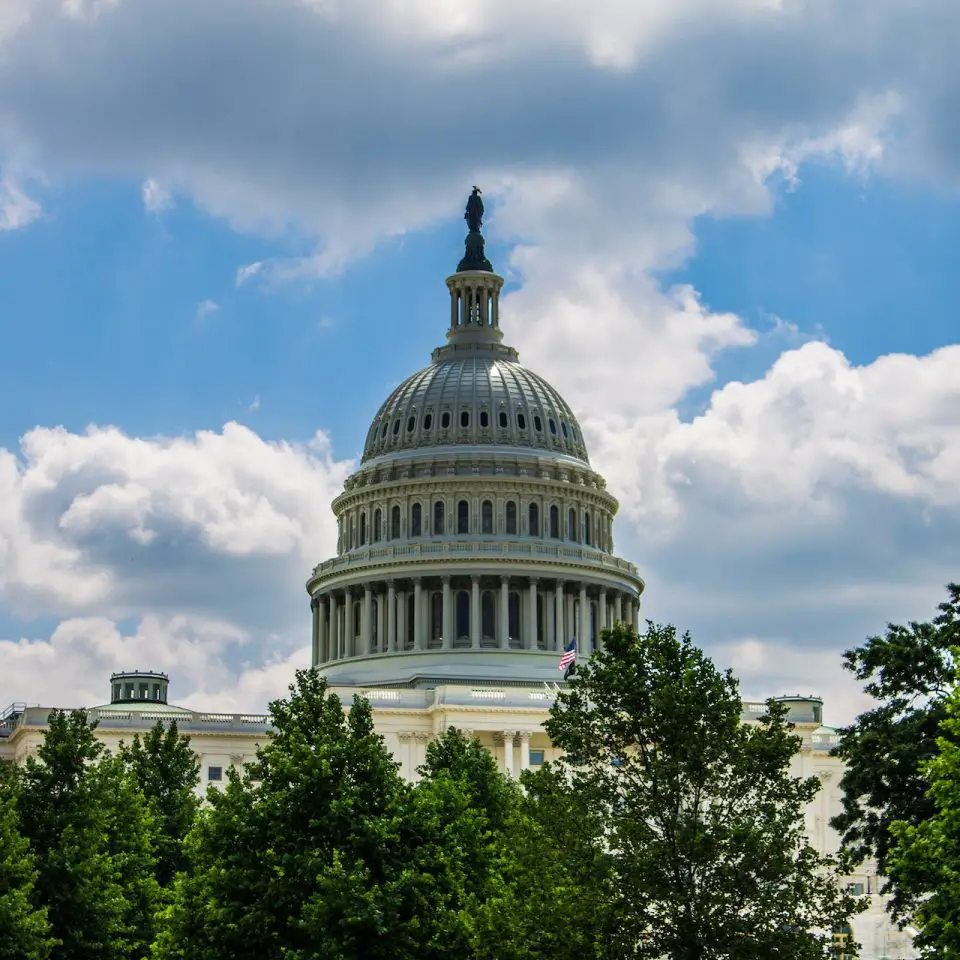In a potential shift of strategy, the Federal Reserve (Fed) is contemplating a reassessment of its plan for further interest rate increases. This reconsideration comes in the wake of a recent surge in Treasury bond yields and home mortgage rates, triggering speculation about the central bank’s future course of action.
Following an anticipated quarter-point hike during its July meeting, the Federal Reserve concluded a 16-month campaign aimed at curbing inflation by raising the interest rate range to 5.25%-5.5%. However, subsequent events have prompted the Fed to reevaluate its stance. Notably, the yield on the 10-year U.S. Treasury bond has risen sharply from 3.86% to 4.32%. Furthermore, the 30-year home mortgage rates have surged to an unprecedented 7.09%, marking the highest level in more than two decades. This development has been accompanied by a decline in stock markets, with the S&P 500 registering a 2.6% drop since the conclusion of the Fed meeting.
Amidst these market fluctuations, investors are increasingly speculating that the Fed might refrain from implementing further rate hikes. This sentiment aligns with the viewpoint of a significant majority of 110 economists surveyed by Reuters, who also do not foresee an imminent risk of a U.S. recession. The Fed’s scrutiny extends to an array of asset prices as a barometer for the economy’s health. The swift escalation in yields could potentially signal a tightening of financial conditions, prompting the central bank to exercise caution in pursuing additional rate increases.
Balancing this apprehension are persistent indicators of robust economic growth and inflation metrics that continue to exceed the Fed’s targeted 2% threshold. This dynamic has left policymakers in a state of deliberation regarding the optimal path forward. Federal Reserve officials are presently grappling with the extent to which financial markets are adapting to the series of rate hikes. The performance of crucial economic indicators, including home prices, stock market indices, and corporate bond markets, remains under intense scrutiny.
While the expectation persists that economic expansion will decelerate and inflation will eventually regress to the desired target, the sustained elevation of yields could potentially indicate an organic tightening of borrowing costs within the bond market. Paradoxically, this outcome might align with policymakers’ objectives. However, only time and comprehensive data analysis will provide clarity on the veracity of this conjecture.
In the interim, the Federal Reserve is maintaining vigilant surveillance over the developments unfolding across various asset markets. The enduring repercussions of the heightened bond yields are being closely observed, as the central bank seeks to discern the long-term implications.
The surge in Treasury bond yields and home mortgage rates has elicited profound ramifications, prompting the Federal Reserve to contemplate potential adjustments to its interest rate trajectory. Following an extensive campaign aimed at addressing inflation, the central bank is now navigating a complex landscape characterized by market volatility and economic data. As the Fed grapples with these multifaceted dynamics, its ultimate decisions will reverberate across financial sectors and influence the trajectory of the nation’s monetary policy.
Source: Reuters

